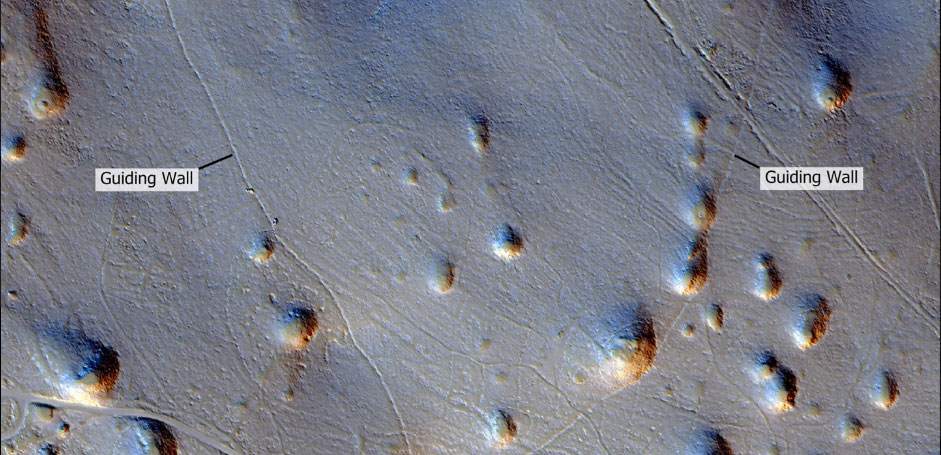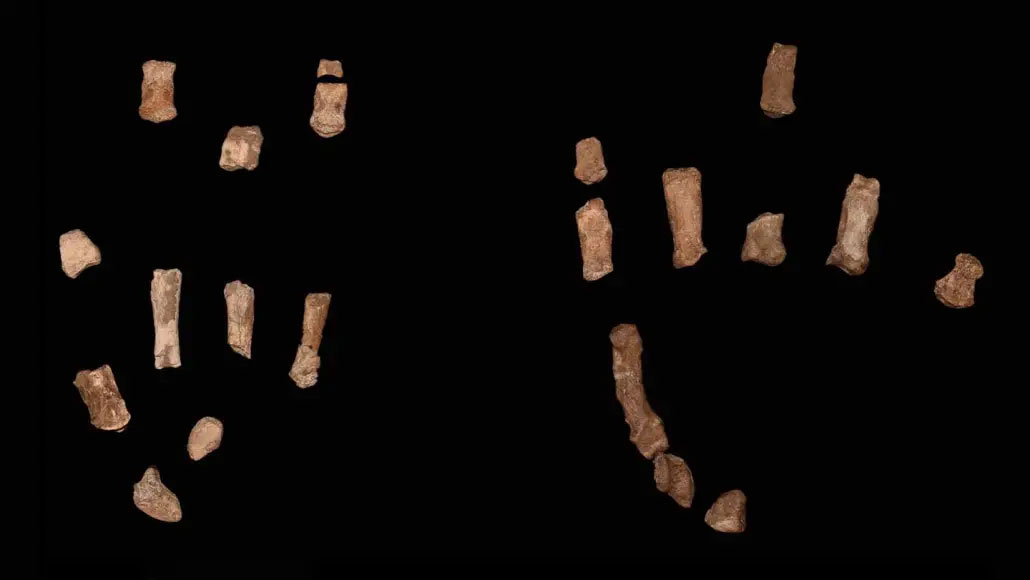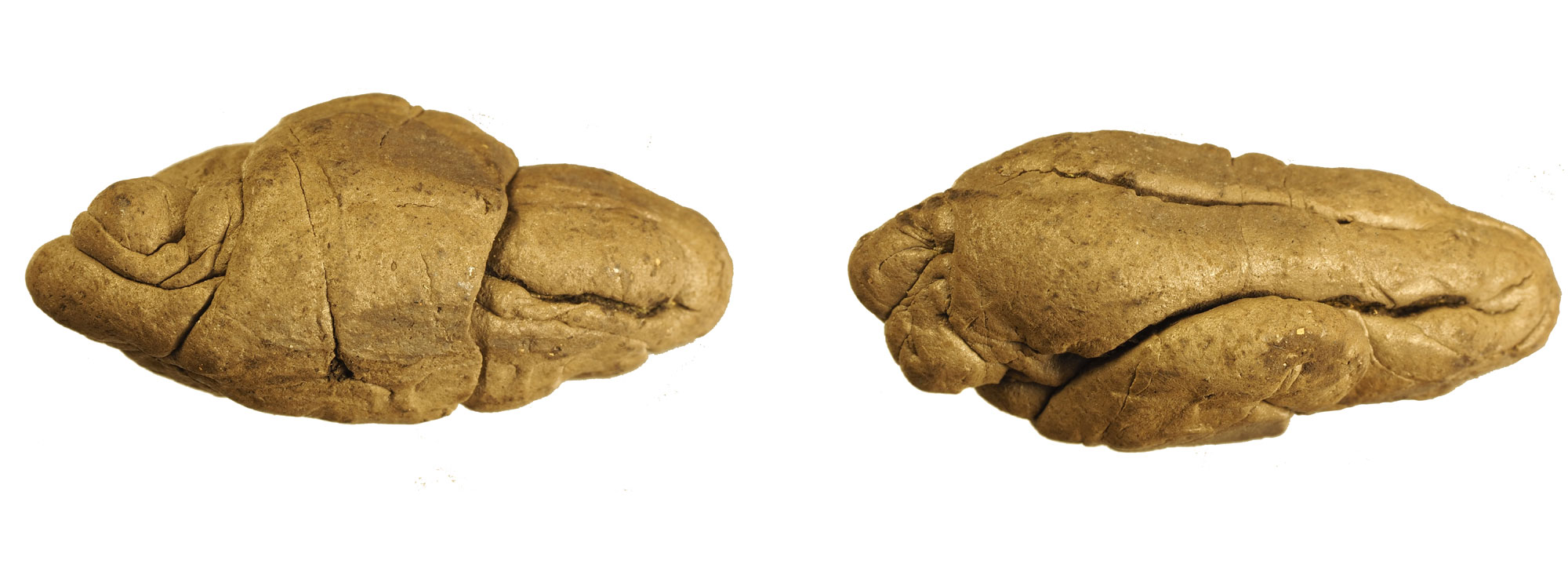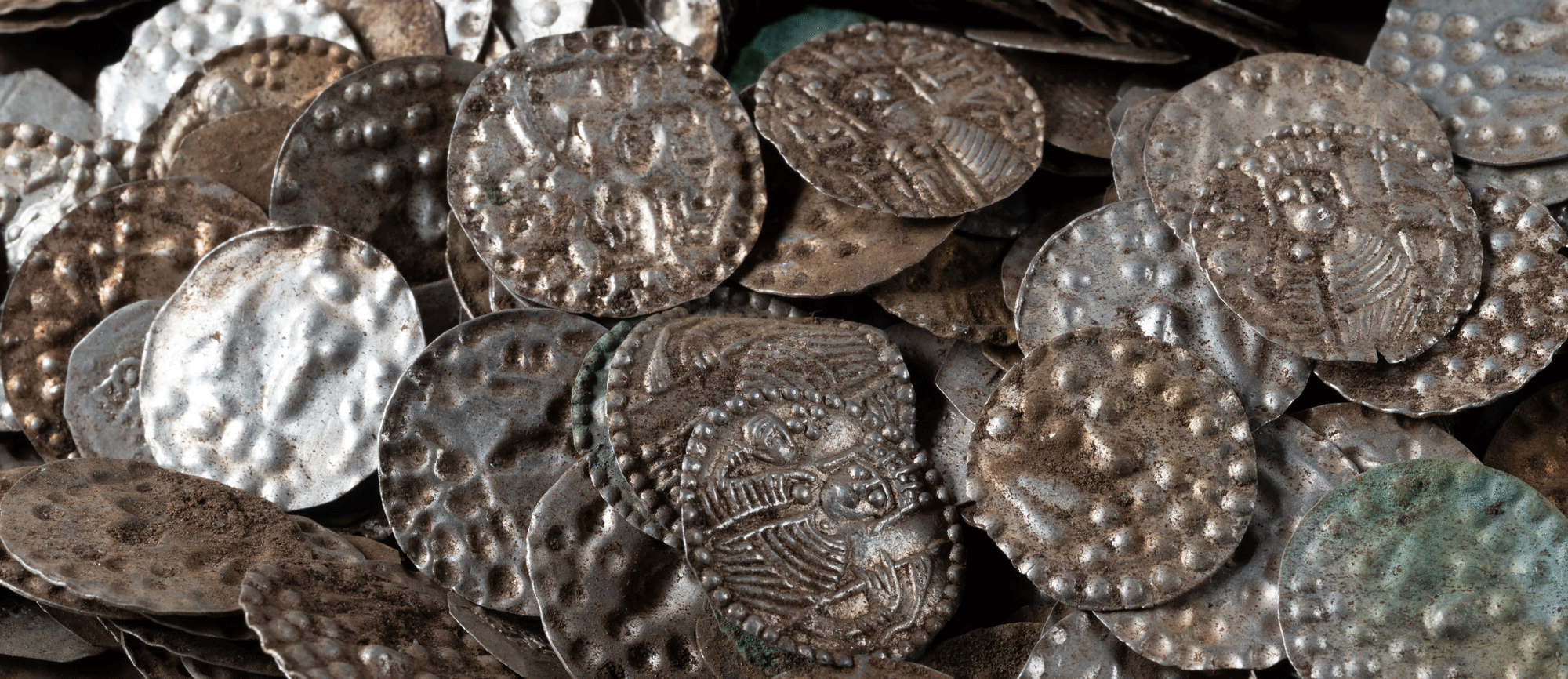News October 17, 2025
Prehistoric Hunting Traps Discovered in Europe

Dimitrij Mlekuž Vrhovnik
News October 17, 2025
Uratian Fortress Explored in the South Caucasus

Adrian Chlebowski / CAŚ UW
News October 17, 2025
Mosaic Floor Uncovered in Southeastern Turkey

News October 16, 2025
Fossil Study Suggests Early Hominid May Have Made Tools

Carrie Mongle
News October 16, 2025
Neolithic Birch Bark Tar Analyzed

Theis Jensen
News October 16, 2025
Stone-Wall Hunting Traps Identified in Chile

Courtesy Adrián Oyaneder
News October 15, 2025
Roman Wells Unearthed in Hungary

News October 15, 2025
Baekje Kingdom Ice House Found in South Korea

National Research Institute of Cultural Heritage, Buyeo
News October 15, 2025
Statue Base Uncovered on Greek Island

News October 14, 2025
Medieval Hoard of Silver and Pearls Discovered in Sweden

Länsstyrelsen Stockholm
NEVER MISS AN UPDATE
Sign up for our monthly e-Update which includes highlights of the current issue, links to special collections from the magazine’s archive, and opportunities available only for subscribers.

